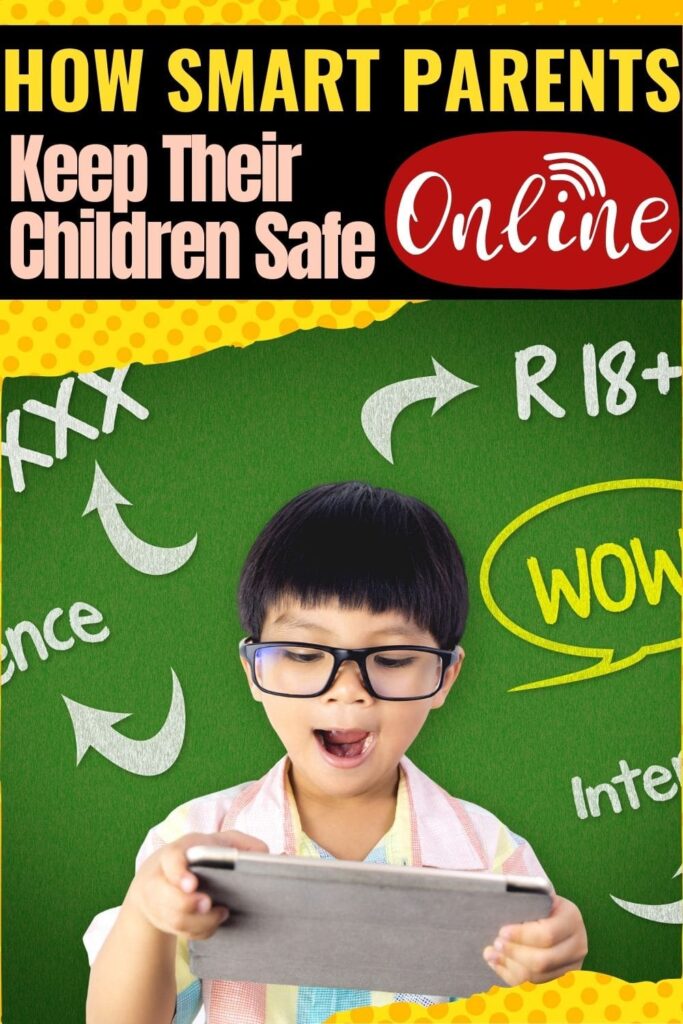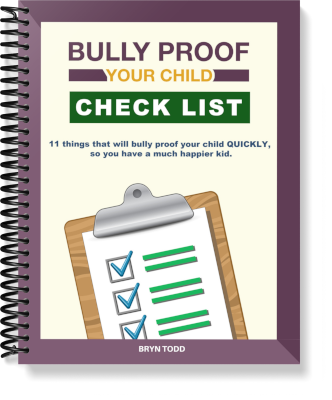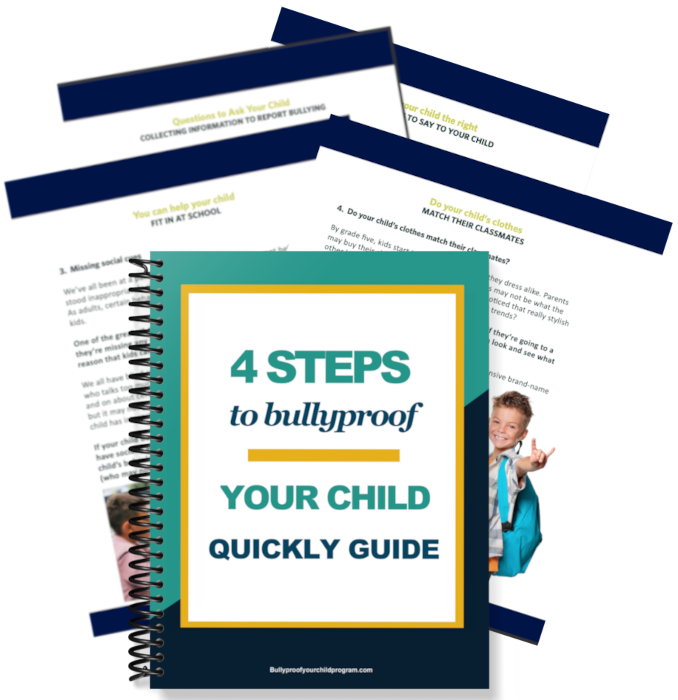
With kids getting online at a younger age, it is important to teach our kids internet safety. Navigating the internet can be like exploring a vast, exciting world filled with endless possibilities. But just like any adventure, it’s important to know how to stay safe.
Whether you’re a kid diving into online games and social media, or a parent or teacher guiding the journey, understanding internet safety is crucial.
We’re here to chat about how to keep that online experience positive and secure, from setting up safety nets at home to making sure schools are digital fortresses.
Let’s make sure everyone can explore, learn, and connect safely in this digital age, just like we’d look out for each other in the real world.
Understanding internet safety
The internet is a vast network of information that connects people from all over the world. It’s a great tool for learning, communication, and entertainment. However, it’s important to understand the risks and threats that come with it, especially when it comes to kids. In this section, we’ll cover some basic concepts of internet safety and the risks and threats that kids may encounter.
Basic concepts
Here are some basic concepts that you should understand when it comes to internet safety:
- Privacy: Remember, the internet is like a big, open field where anything you leave behind can be picked up by anyone passing by. Be careful about what you share and who you share it with. Think of your personal information as precious treasures. You wouldn’t leave treasures out in the open, would you?
- Cyberbullying: This is when someone uses the internet as a tool to be mean or hurtful to others. It’s like whispering rumors or shouting insults across this big field, except it’s done through screens. If you or a friend ever find yourselves facing cyberbullies, know that it’s not your fault and there are ways to get help.

- Online Reputation: The tracks you leave in this field (the internet) paint a picture of who you are. Every post, share, or like adds to this picture. Think about how you want to be seen by others, now and in the future, and let that guide what you put online.
Risks and threats
Here are some risks and threats that kids may encounter online:
- Inappropriate Content: The internet can be like an unfiltered library with books on every shelf that aren’t suitable for kids, such as violence, explicit content, and hate speech. It’s key to know these are out there and learn how to steer clear of them.
- Phishing: Imagine someone pretending to be a friend to sneak a peek at your diary. Phishing is similar, with people trying to trick you into giving away personal info like passwords or bank details. Recognizing these tricks and guarding your personal information is essential.
- Online Predators: These are individuals who hide behind screens, looking to take advantage of children. It’s important to recognize the warning signs and understand how to keep a safe distance from these dangers.
By grasping these concepts and staying alert to these risks, you can help safeguard yourself and your kids in the digital world. Always think before you share, be cautious with your personal info, and stay informed about how to dodge these online threats.
Safety Guidelines at Home
As a parent, it is important to ensure that your child is safe while using the internet at home.
Here are some safety guidelines you can follow:
Setting up parental controls
Parental controls are like putting up a safety gate to keep your child away from the internet’s not-so-nice parts.
They help you block the stuff you don’t want your child to see, set a time for how long they can wander around online, and let you peek into their digital world to make sure they’re okay.
Both Mac and Windows computers come with these safety gates built right in, ready for you to use. And if you want something with a few more features, there are other tools out there like Norton Family, Kaspersky Safe Kids, and Qustodio that can help you keep an even closer eye on things.
Setting up these controls is like holding your child’s hand across a busy street. It’s a way to make sure they can explore, learn, and play without wandering into trouble.
Educating kids on internet usage
Teaching your child about safe internet use is like giving them a map in a vast city—it helps them navigate safely and wisely. It’s crucial to sit down with them and explain why they shouldn’t share personal details online, like their name, where they live, or where they go to school.
Make it clear that the internet, while full of interesting places, also has its dangers, and they should stick to interacting with friends and family they know outside of the digital world.
Let them know they should always come to you if they stumble upon something online that makes them uneasy or afraid. It’s important they understand it’s perfectly fine to shut down a conversation, leave a website, or close an app if something doesn’t feel right.
By combining the safety net of parental controls with open conversations about the dos and don’ts of internet use, you’re setting up a strong defense to keep your child safe online.
This approach not only protects them but also builds their confidence in using the internet responsibly and respectfully.
Protective measures at school
When we talk about keeping kids safe online, schools have a big part to play. They’re like the big, caring guardians who can make the digital world a safer place for students.
Here’s what schools can do to help:
Implementing School Policies
When we talk about keeping our kids safe online, it starts right at school with clear rules. Think of it as setting up a safety net that makes sure they only use the internet in ways that are good for them.
This includes what they can do on social media, how they talk to others online, and using email the right way. And if these rules aren’t followed, there are fair consequences.
But it’s not just about rules. Schools should also put up filters on the internet to keep out bad stuff like violence or things that are not for kids’ eyes.
Plus, making sure the school’s computers and network are protected with things like firewalls and anti-virus programs is key. This way, we’re building a safe space for them to learn and explore online.
Promoting Digital Citizenship
Teaching our kids about being safe and smart online is crucial, and that’s where Digital Citizenship comes into play. It’s all about guiding them to use the internet responsibly and ethically.
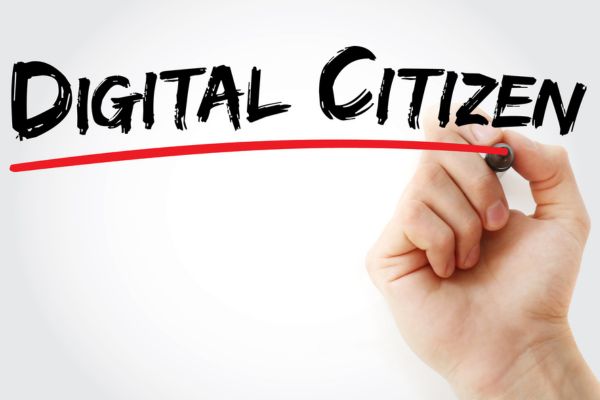
Schools are stepping up by weaving lessons on Digital Citizenship right into the curriculum, ensuring that teachers are equipped to lead these discussions.
Digital Citizenship covers essential topics like protecting personal information online, understanding the impact of cyberbullying, and practicing good manners on the internet.
It’s about empowering our kids to navigate the digital world safely, making wise choices, and respecting others online.
By focusing on Digital Citizenship, schools are giving kids the tools they need to be safe, respectful, and responsible digital citizens. It’s about creating a positive online environment where kids can learn, explore, and connect without fear.
In the end, the goal is to ensure that our kids can thrive in the digital age, armed with the knowledge and skills to use technology in a way that’s safe and beneficial for all.
Tools and Resources
Software Solutions
There are some really helpful tools out there to keep kids safe online. Think of them like a digital safety net, catching anything that might be harmful before it reaches your child.
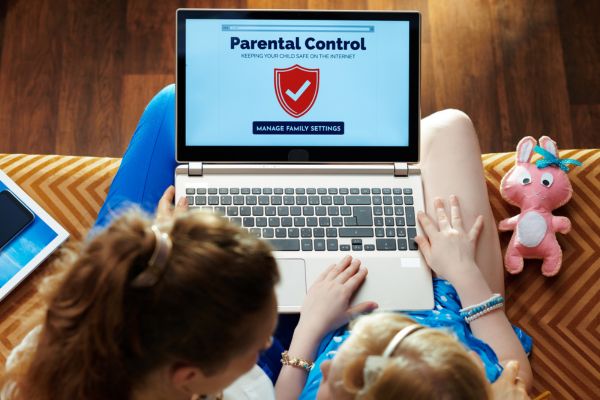
First up, we’ve got something called parental control software. It’s like having a magic remote that lets you control what websites your child can visit, how long they can be online, and even make sure the stuff they see is right for their age.
Qustodio, Norton Family, Kaspersky and Safe Kids are a few you might want to check out.
Then, there are internet filters. Imagine a big, friendly guard that blocks all the bad stuff from getting through – like websites about gambling or things that aren’t for kids. Net Nanny and OpenDNS are good ones to look into.
And lastly, there are monitoring tools. These are like having a wise owl that watches over your child’s shoulder, making sure they’re safe online. If something not-so-great pops up, you’ll know about it. Bark and Mobicip are examples of these.
Using these tools can really help make the internet a safer place for kids to explore, learn, and have fun.
Online Safety Courses
Luckily, there are some really cool online safety courses out there designed just for kids, to help them understand the internet better and how to keep themselves safe while they’re exploring it.
For example, there’s a course called Internet Safety for Kids by GCFLearnFree.org. It talks about all sorts of stuff kids might run into online, like cyberbullying, strangers who might not be who they say they are, and how to be smart on social media.
Then there’s Be Internet Awesome by Google, which is all about teaching kids to be safe and smart online. It covers how to keep personal info private, how to spot the bad guys, and how to be a good friend online.
These courses are like having a map and a flashlight in the big, wide world of the internet. They show kids the paths to follow and shine a light on the dark corners to avoid.
By combining these courses with those handy software tools, you’re giving kids a strong shield and a smart guide for their online adventures. It’s all about making sure they can enjoy all the good stuff the internet has to offer, without stumbling into trouble.
Engaging with children
Talking to your kids about what they’re doing online is like holding their hand across a busy street.
It’s all about making sure they’re safe, seen, and heard. Imagine sitting down with them, showing genuine interest in the games they play, the videos they watch, and the friends they chat with online.
It’s not just about checking in; it’s about connecting, sharing, and learning together.
Here are two ways to engage with your child:
Open Communication
Having a heart-to-heart with your kid about their online world is super important. It’s like letting them know they’ve got a safe space to land, no matter what. Tell them, “Hey, if something online bugs you or feels off, come chat with me. No getting in trouble, no harsh looks. Just us figuring it out together.”
Dive into the tough stuff with them. Talk about the bullies that hide behind screens, the strangers who might not be friends, and why keeping things like their name and where they live off the internet is a big deal. Make it clear: the internet’s got some shady corners, and not everyone out there is looking to be a true friend.
Let them know, “The world online is a lot like the real world. Some amazing spots and some no-go zones. If you ever bump into the tricky bits or if someone’s not being cool, come tell me. We’ll sort it out, you and me. And remember, sharing your name or where we live with someone you met online? Let’s skip that. Keep it between us, safe and sound.”
More posts you may like
- 9 Best Family Tracking Apps Like Life 360 to Keep Your Child Safe
- When your child has a bad day at school but won’t talk about it :Tips for parents
Regular check-ins
Chatting regularly with your kiddo about their online adventures is key to keeping them safe in that digital playground. Be curious, ask them what sites they’re loving, what apps are cool right now, and who they’re chatting with. It’s not about snooping; it’s about staying connected.
Think about putting some guardrails on their digital world, too. Parental controls aren’t about spying; they’re like putting on a digital seatbelt. You can set times for when they can be online, pick which sites and apps are okay, and keep the not-so-great stuff out of reach.
By being a part of their online world, you’re not just keeping an eye out; you’re showing them you care. It’s about making sure they can explore, learn, and connect online, but with you right there to help them navigate safely.
Frequently asked questions
What are the top safety rules children should follow when using the internet?
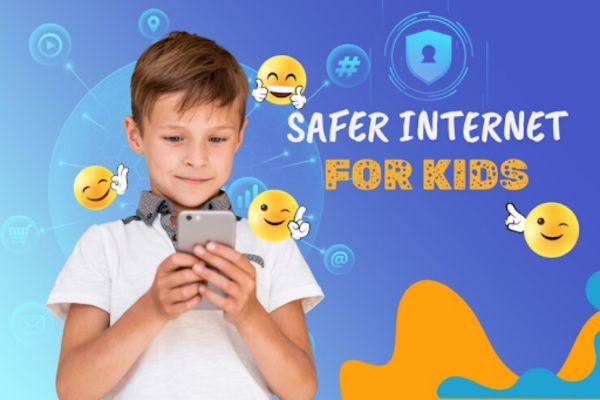
Firstly, remind them that their personal info is precious, like a secret treasure. They should never give it away, whether it’s their name, where they live, or their school name, to anyone they meet online.
Then, talk to them about the importance of knowing who they’re chatting with. Just like they wouldn’t talk to strangers hiding their faces in the real world, they shouldn’t chat with unknown people online. It’s hard to tell who’s behind the screen.
Also, teach them to trust their gut. If a link looks weird or too good to be true, they should steer clear. It’s okay to walk away.
And lastly, help them understand that the internet remembers everything. Before they share something, ask them to think, “Would I want everyone to see this forever?” Once something is out there, pulling it back is like trying to catch water with their hands.
What steps can parents take to ensure their child’s online security at home?
First up, think of parental controls as your digital safety net. You can adjust these controls on their gadgets to keep the not-so-nice stuff out of sight.
Next, keep an eye on their online journey, just like you’d watch them at the park. It’s not about spying; it’s about guiding them through this vast digital world, making sure they don’t wander off into the unknown.
And here’s the key: talk to them. Open up those lines of communication wider than ever. Chat about the online world as you would about their day at school. Make sure they know they can come to you with anything that feels off, without the fear of getting into trouble.
Staying updated on the latest online trends and threats? That’s like keeping an eye on the weather before they head out to play. It helps you prepare them better for what’s out there, ensuring they have the best time while staying safe.
At what age should kids start learning about internet safety, and how can these lessons be age-appropriate?
The moment a child starts to interact with any device that connects to the internet, it’s time to start talking about internet safety.
For our little ones, even in kindergarten, we can start with the very basics. It’s like teaching them the ABCs of the online world—simple rules like “Don’t talk to strangers” or “Tell me if something online makes you feel uncomfortable,” can be their first steps.
For the older kids, it’s time to dive deeper into topics like cyberbullying and online privacy. It’s not just about telling them what not to do, but also explaining why.
Can you recommend any engaging activities that help kids understand the importance of cyber security?
Creating engaging activities for kids to understand cybersecurity can be both fun and educational. Imagine setting up a digital treasure hunt where kids need to use cybersecurity principles to solve clues and reach the treasure.
They could learn about strong passwords, the dangers of sharing personal information, and how to spot phishing attempts, all while thinking they’re just playing a game.
This hands-on approach not only makes the learning process enjoyable but also embeds crucial internet safety lessons in their minds, helping them navigate the online world more securely.
it is vital for parents to stay informed about the potential dangers of the internet and take proactive measures to keep their children safe online. By setting clear rules, monitoring your child’s online activities, and having open and honest conversations about internet safety, parents can help create a safer online environment for their kids. Remember, staying involved and informed is the key to protecting our children in the digital age.
